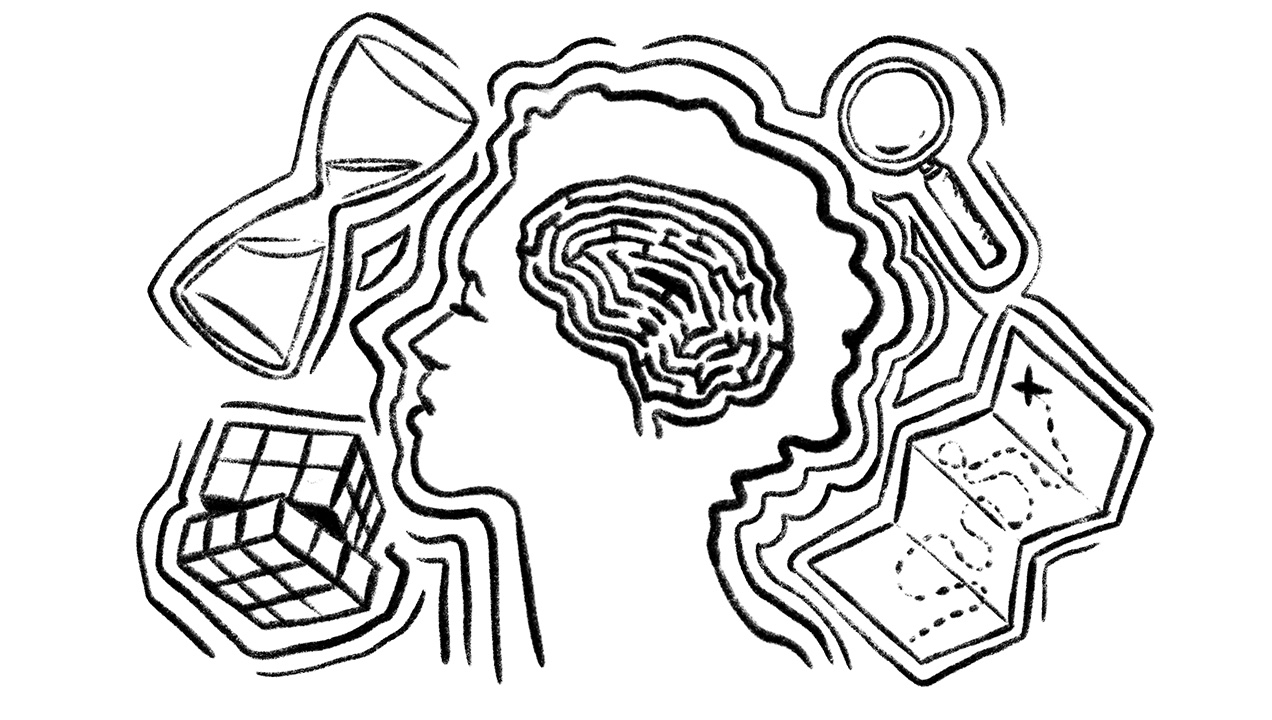Documenting the Progression of Pathfinding in Video Games
Pathfinding is the process in which we try to figure out which way to go from one point to another. For a robot where you’re developing artificial intelligence, developing an algorithm that enables it to get from one point to another in the most efficient way possible is crucial. Whether it’s using your preferred GPS app to find an alternative route to your favourite cafe or navigating through a gauntlet of obstacles like Boston Dynamic’s Spot, it’s crucial these tasks are performed efficiently.

By efficient, we don’t just mean in terms of time. Determining an optimal path takes a lot of computer processing power (CPU). It works exactly the same way for our brains! For one day, try only mental maths without reaching for a calculator. You might notice that for some problems, it’ll be quite challenging and time consuming. The more complex the problem, the longer and more difficult it will be to complete it in your head. The same goes for CPU. The more the CPU needs to process, the longer it takes and the more stress it causes on the processing hardware. The more choices that are available, the more brain power we have to use to figure out the solution. The way that these choices are communicated to us is where designing good pathfinding comes into play.
Why is getting pathfinding right important?
One project I was working on earlier in the year was running a total of six rounds of testing a first person shooter with a strong narrative. The game shares many of the core mechanics that other first person shooters have, including pathfinding. However, we noticed that players, who played anywhere between 5-12+ hours per week, were struggling with pathfinding. There was a veil of uncertainty regarding progression through the game. While this enticed players to explore and engage with the world, it also befuddled them to the point of impeding gameplay. As an avid gamer myself, these findings made me wonder: how can we improve pathfinding in video games?
The improvement of pathfinding isn’t linear
As we journey through the development of pathfinding in video games, it’s important to keep in mind that there’s a correlation between complexity and enjoyability. The execution of good pathfinding mechanics isn’t rooted in the type of navigation a game implemented. Whether it be a game where you navigate from left to right (side scroller), up and down (platformer), or first person in a three dimensional space, they all have a place in modern game development. What we’re looking to identify in this series is what makes these types of pathfinding mechanics fun for the player and what can make it less fun.
Join us on the path
I’ll be publishing a series of posts about the development of pathfinding in video games as well as real world applications. Stay up to date by following us on LinkedIn or Medium where we post all of our blog posts from our talented colleagues. Interested in working with us? Drop an email to our Studio Team.
Head on over to Part 2: How do we know where we’re going? Pathfinding in real life.
Thank you to my colleague Claire Vergnes for the amazing artwork that accompanies this post.
